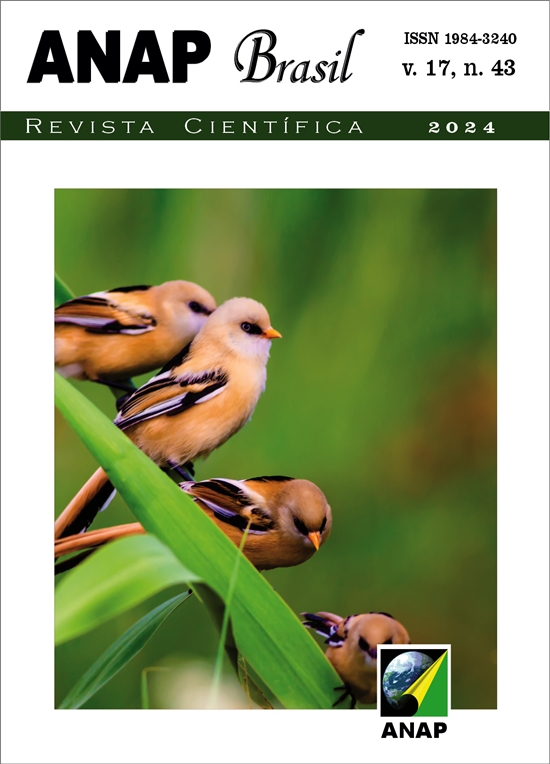Monitoring of Bees in Recovery Areas and Forest Fragment Edges in Coronel Pacheco, MG
DOI:
https://doi.org/10.17271/19843240174320245479Keywords:
Conservation, Pollination, Restoration of degraded areasAbstract
Bees (Hymenoptera, Anthophila) are considered the main pollinating insects. However, in several regions of the planet, their populations have been decreasing and, consequently, the benefits of the pollination ecosystem service have decreased, both in natural and agricultural areas. Pollination is an important biological phenomenon, acted free of charge by biodiversity and necessary for plant reproduction and maintenance of plant genetic variability. In Brazil, it is estimated that there are 3,000 species of bees divided into groups according to the level of socialization. This work began in June 2024 and aims to monitor native bee species in forest fragments and areas in different stages of recovery with a history of use in livestock farming, located in the Experimental Field of Embrapa Gado de Leite, in the municipality of Coronel Pacheco-MG. Captures were performed using different methodologies: passive Malaise trap; passive essences traps containing vanilla, eugenol, eucalyptol and methyl acetate as attractive odorous baits; active collection with entomological net in flowering plants. A total of 12 bee species have been collected to date, which indicates that the study area has the potential to present native bee diversity compatible with other areas of Atlantic Forest sampled in Brazil. The species list tends to increase based on new surveys, which will be conducted in other phytophysiognomies of the landscape still not covered in this phase of the experiment. Among the species collected, only Apis mellifera Linnaeus (1758) is exotic, which was introduced to Brazil during colonization. Thus, almost all of the species collected in the transition area are native to Brazil. These species provide important ecological services in the municipality, such as pollination of wild and cultivated species.
Downloads
Downloads
Published
Issue
Section
License
Copyright (c) 2024 Revista Científica ANAP Brasil

This work is licensed under a Creative Commons Attribution 4.0 International License.












